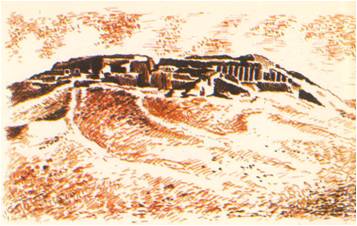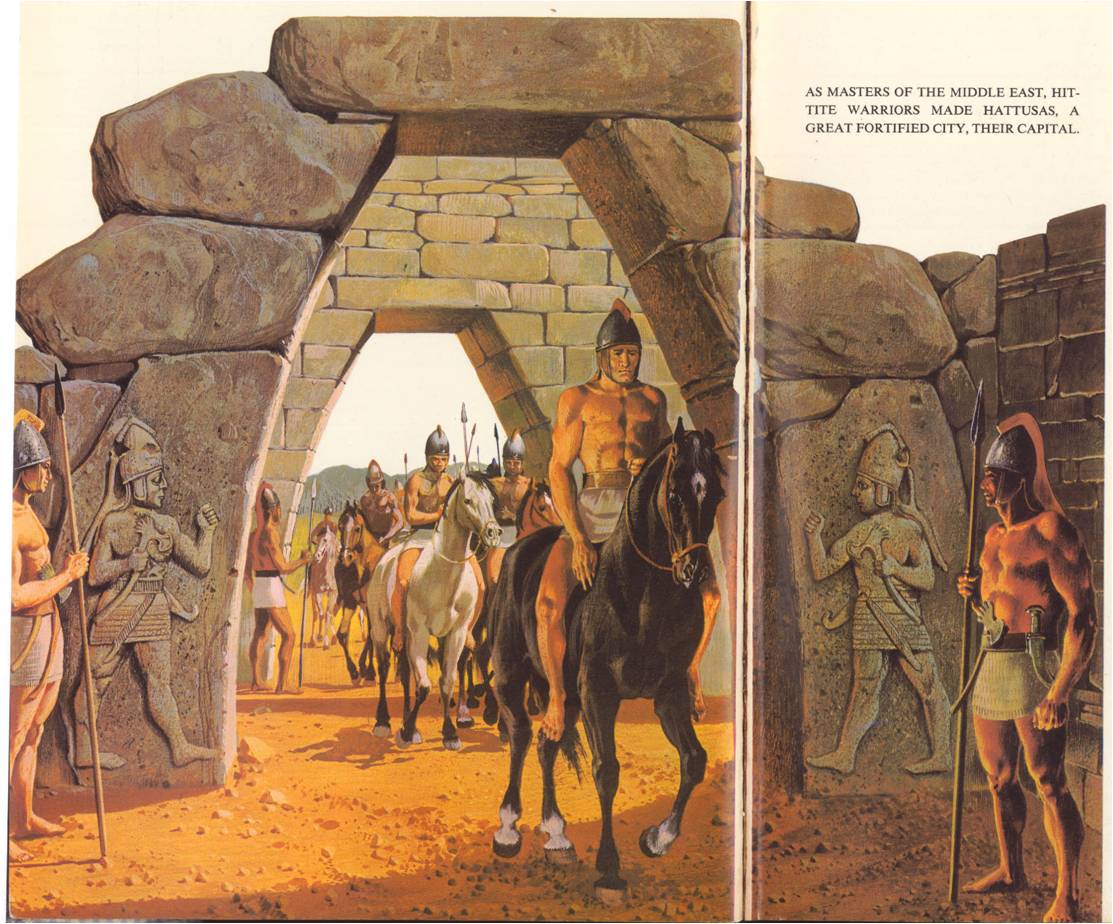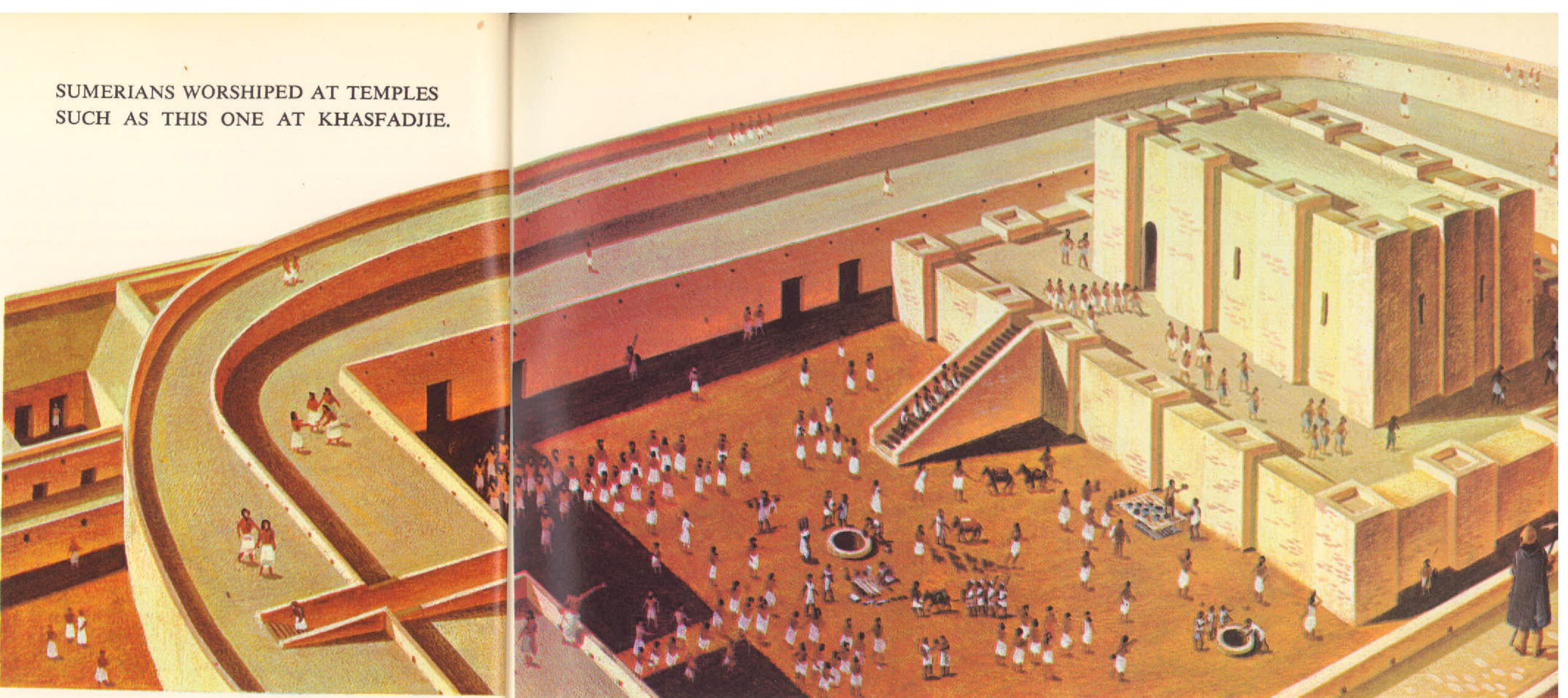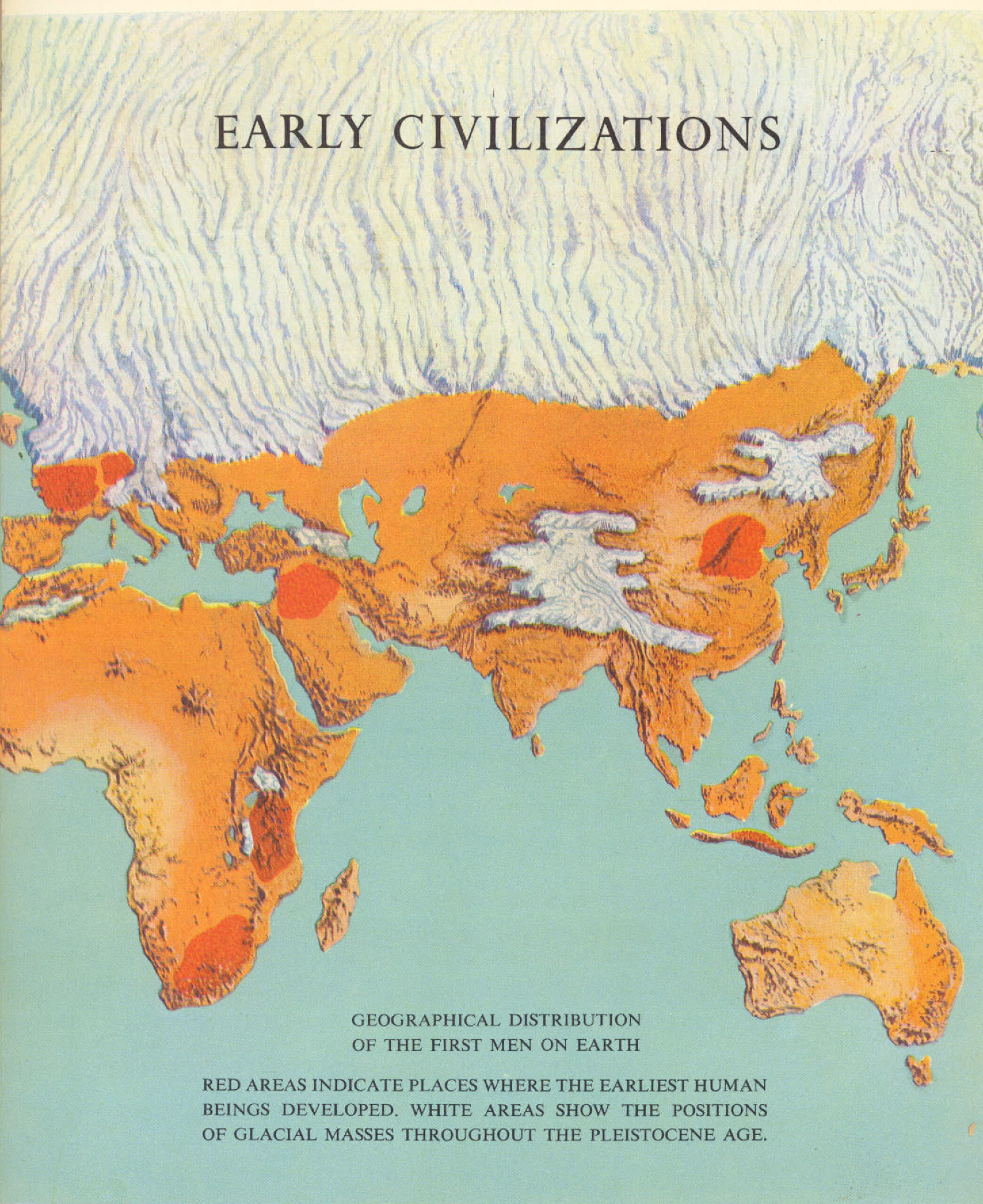For many generations, the ancestors of P’an Keng had considered themselves kings in northern China. Yet this family of kings, the Shang Dynasty, had never governed from a central capital. About 1380 B. C., P’an Keng decided it was time to set up a capital. He found what seemed to be the perfect site at Anyang. Situated near a bend in China’s Yellow River, the fertile plains were ideal for farming and pasture, while the mountains behind it had timber and wild game. Only one thing remained: P’an Keng had to find out if the move was approved by the …
Read More »Civilization comes to India 3500 B.C to 200 B.C.
For thousands of years during the Stone Age, only scattered groups of people had lived in India. With only the simplest tools of bone, wood and stone, they hunted and gathered food. Cut off from other peoples by the mountain and the sea, the first Indians made few advances in their primitive way of life. Then, sometime between 3500 B. C., new settlers began to appear along the Indus River Valley in northwestern India, a region that would be called West Pakistan thousands of years later. It seems almost certain that these newcomers were from the mountains and plateaus to …
Read More »A New People, a New Faith 650 B. C. – 330 B. C
BABYLON, the final capital of Mesopotamia civilization, had fallen to warrior tribesmen from the east, the Medes and Persians. The Medes and Persians were descended from the Aryan peoples who for centuries had been moving out of the grasslands of central Asia with their horses and herds. Some of the Aryans settled in the valleys and slopes of the mountains surrounding the great arid plateau between the Persian Gulf and the Caspian Sea. From them the region took its name, Iran, or Land of the Aryans. The Aryans who lived in the mountains northeast of Mesopotamia were the Medes, familiar …
Read More »The Rise of the Assyrians 1600 B. C. – 539 B. C.
During the century after the Hittites had raided Babylon and rose to power in Turkey and Syria, Mesopotamia was a divided unproductive land. In the south, Babylonia fell under the rule of foreigners, first the Kassites from the northeast and then the Elamites from the southeast. Neither of these people seemed able to make any advances in civilization. Northern Mesopotamia came under the Mitanni kingdom, which at least introduced trained horses and chariots to the Near East. By the time the native Babylonians regained control and the Mitanni kingdom fell, another people was disturbing the land – the Assyrians. The …
Read More »The People of One God 3000 B. C. – 30 B. C.
On the plains of Mesopotamia, a young man stood gazing up at the stars that glittered from the dark sky of night. He was Abraham, a native of the Sumerian city of Ur. Abraham was a Hebrew, one of the many tribes of Semites said to have been descended from Shem, the son of Noah who had been saved from a great flood many years before. Like all people of his time, Abraham believed in many gods throughout nature. As he studied the pattern of the great stars for the god’s message, Abraham began to feel he was in the …
Read More »The Gift of the Nile 3300 B.C. – 30 B.C.
It was around 3500 B.C. and as it did every year around the middle of July, the Nile had begun to rise. Carrying tons of soil, the waters poured down from the mountains of Africa, where the rain and melting snow fed the streams that surfed northward into one great river. Wherever it ran free of the rocky canyons, the river overflowed onto the dry fields along its banks. It lapped against the villages on high ground and spread to market towns on the edges of the dessert. Moving northward, the river engulfed the entire Delta region and then emptied …
Read More »Hittite Warriors Build a Kingdom 1750 B. C. – 700 B. C.
Within 150 years of the death of Hammurabi, the cities of Mesopotamia were powerless and other peoples took up the struggle for the Near Eastern world. Among them were the Hittites, who had taken the city of Babylon. The rough Hittite tribesman hardly knew what to do with such a splendid city, let alone with an empire, so they went back to their strongholds in the highland plains of central Turkey. They had been living there for several centuries, ever since they had left their homeland in the steppes of central Asia. When the Hittites first moved into Turkey, they …
Read More »Mesopotamia, Where Civilization Began 4000 B.C. – 1750 B.C.
Mesopotamia is where civilization began. By 4000 B. C., many different groups of people were working out their lives in a variety of ways. In a great arc from the eastern coast of the Mediterranean, across the Turkish plains and through the highlands of Iraq and Iran, groups of peoples had settled and were farming, tending animals, making pottery and building towns, markets and forts. In the deserts, mountains and steppes, nomadic tribesmen lived by herding animals and by hunting and raiding. In Mesopotamia as these populations grew, they began to compete for land, food and supplies. One of the …
Read More »The Coming of Man
About 400,000 years ago, a group of people were gathered at the mouth of a cave. They had a fire in which they were roasting deer meat and around them lay the bones of monkeys, wild pigs and water buffalo from previous meals. One of the women was picking berries from the nearby bushes. A man sitting close to the fire chipped away at a broken stone he would use to cut off chunks of the cooked meat. Another man, too hungry to wait, gnawed the marrow from some bones. The cave was one of several not far from what …
Read More »







